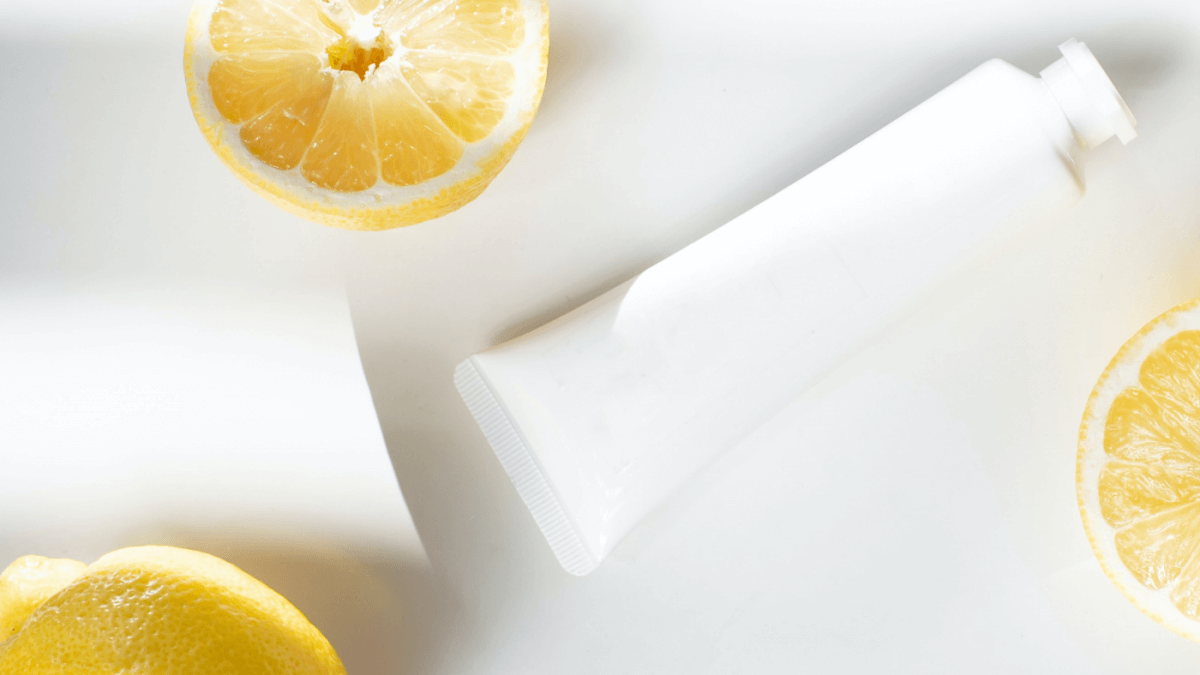Is men's skin that different from women's?
The short answer is, yes! Men's skin does have qualities that set it apart. Because of this, there are essential differences when designing skincare products for men. Read below to learn about a few of those factors as well as how The Daily is made with men in mind.
Men tend to have...
- increased vulnerability to damage from ultraviolet exposure
- higher rates of skin cancer.
- higher levels of collagen, which can increase the chance for deep grooves as compared with fine lines.
- higher production levels of oil.
Significantly, there are behavioral differences among men and women around preventive skincare products that result in differences in skin cancer risks and outcomes. But what are the top ten ways that men's skin differs from women? See below.
Top 10 ways men's skin is different from women's
- The effect of the male hormone, testosterone, on men’s skin gives it a different structure from women’s. Men’s skin measures 20% thicker and has more collagen. These aspects result in men having a tighter, firmer look to their skin.
- They have more active oil glands, which in turn, results in more and larger pores that can cause men’s skin to appear more oily and shiny.
- Adult men can have higher rates of severe acne because of their hormone levels.
- Collagen production reduces at a regular rate in both women and men. As men age, their wrinkles tend to be fully grooved rather than looking like fine lines.
- Most men do not have to worry about dry skin as compared to women due to the increased sebum production mentioned above.
- However, while men tend not to have dry skin, repeated shaving makes men's skin more susceptible to irritation, with 40% of men having shaving-oriented skin problems.
- Men have beards on their face (yes we include scruff). Those with curved hairs are susceptible to ingrown hairs resulting in pustules and scarring known as Pseudofolliculitis Barbae.
- All men, but especially those with skin that irritates easily or with acne or eczema, need to be mindful of what products they choose to use. The products should be non-irritating, lightweight, and not greasy. These are key characteristics of The Daily one-step skincare product for men.
- Men have more pigmentation in their skin. This can result in a predilection for developing hyperpigmentation/dark spots on their skin from minor irritation, sun, and acne.
- Men not only have an increased risk for skin cancer but also die at greater rates than women given the same cancer.
Men are most at risk from skin cancer.
Unfortunately, one of the biggest differences among men and women's skin is men's increased risk for skin cancer.
Estrogen, a hormone found in higher concentrations in women, may serve as a protective agent against melanoma severity. For the same melanoma tumor, men perform far worse than women.
There is also an increased incidence and men face more aggressive skin cancers because of cumulative skin damage from ultraviolet rays, less usage of daily sun protection products, and less monitoring of their skin for changes that may suggest signs of skin cancer. We want to see a different outcome, where all rates of skin cancer are declining significantly.
We gathered some of the most recent, staggering statistics below.
Basal cell carcinoma
Age-adjusted BCC incidence rates of 1,019 cases per 100,000 person years for women and 1,488 cases per 100,000 person-years for men.
Squamous cell carcinoma
In the U.S., in 2015, out of 100,000 people, 497 men and 296 women were diagnosed with Squamous Cell Carcinoma Incidence. Until around age 50, Incidence in men and women was similar, but after age 65, men's Incidence nearly doubled that in women (2580 vs. 1347).
-Icons by Flaticon.com cancer risks, anatomical composition, appearance, and structure.





